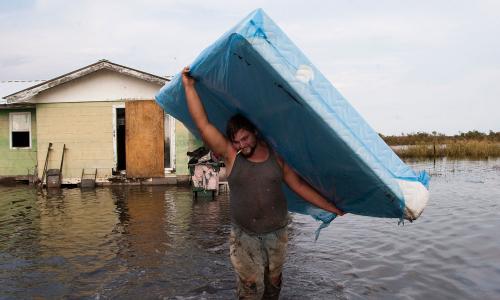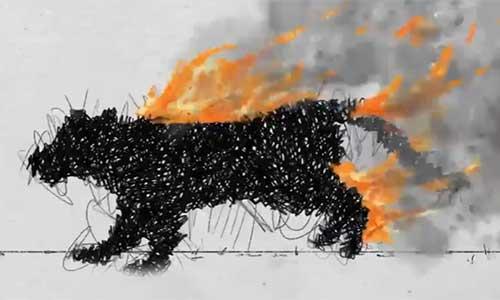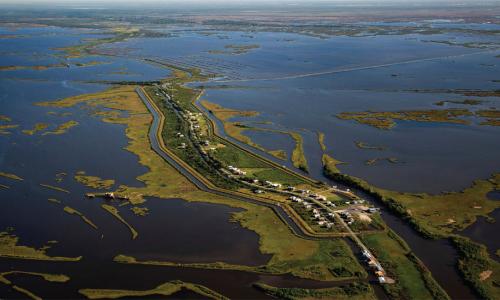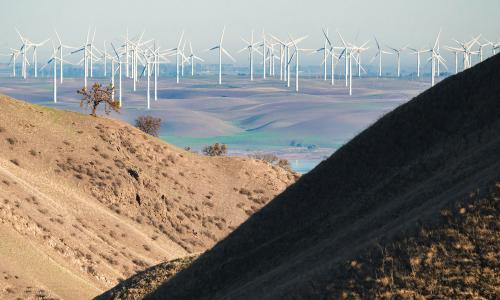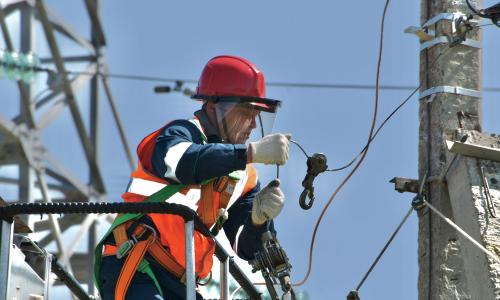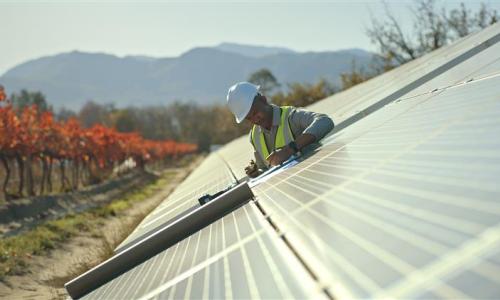Solving the climate crisis isn’t just about cutting carbon emissions. It’s about protecting people from harm.
We’re in a climate crisis. As the world warms, people across the globe face daunting new challenges, on a scale never seen before. To withstand those challenges—and to thrive—we need climate resilience.
Climate resilience is about successfully coping with and managing the impacts of climate change while preventing those impacts from growing worse. A climate resilient society would be low-carbon and equipped to deal with the realities of a warmer world.
There’s only one real way to achieve climate resilience: cut the heat-trapping emissions that drive climate change while adapting to the changes that are unavoidable—and do so in ways that make the world more equitable and just, not less.
Mitigation + adaptation
There’s broad agreement that to slow down the pace of climate change, we need to rapidly reduce the heat-trapping emissions that cause global warming. This is climate change mitigation. It’s about tackling climate change by addressing its root cause: the carbon emissions we dump into the atmosphere, primarily from the burning of fossil fuels.
Mitigation means shutting down coal and gas plants, shifting to renewable energy sources, using energy more efficiently, using less oil for transportation, ramping up use of public transportation and electric vehicles, and using land in ways that removes carbon from the atmosphere.
Boldy, dramatically cutting emissions—on the order of 50 percent below 2005 levels by 2030, here in the United States—is essential to a safe climate future.
But even if we aggressively cut emissions—and we must—the early impacts of climate change are already here. They grow more severe every year, and because carbon pollution doesn’t just disappear—it remains in the atmosphere for decades—climate impacts are here for the long run.
So, we also need climate change adaptation, where we protect against the threats already here and prepare for more change to come.
Because climate impacts are so far reaching, the range of things considered “climate adaptation” is also quite broad. Adaptation includes things like reenforcing the electric grid to better withstand extreme weather; investing in better housing and infrastructure in areas hard-hit by flooding or sea level rise; planting trees to reduce extreme heat in cities; and putting air conditioning in schools.
Basically, it means adjusting how we live, work, and play to keep us safe from the impacts of climate change.
Climate resilience needs climate justice
There's a third, critical aspect of resilience that has to inform how we adapt to and mitigate climate change: climate justice. Climate change causes disproportionate harm to certain members of society, including people of color, people living on low incomes or in poverty, and people who are elderly, young, or disabled.
Incorporating climate justice in resilience means, on the adaptation side, prioritizing the wellbeing of people and communities most exposed to climate harm and least able to cope with it. This could involve, for example, ensuring public housing has air conditioning, putting at-risk communities first in line for money for pre-disaster planning, and investing in measures to keep people who are elderly, disabled, homeless, or living in poverty safe during a hurricane or wildfire.
On the mitigation side, climate justice means ensuring that climate solutions, like clean energy projects, bring help, not harm, to vulnerable communities. This could involve prioritizing power plant pollution reduction and decommissioning of dirty fossil fuel-powered plants in low-income communities; ensuring wind, solar and other clean energy projects bring more benefits than burdens to communities of color; and expanding low-income households’ access to rooftop and community solar, energy efficiency, public transit, and the electrification of transportation and heating.
As we build resilience, we should prioritize those among us who face the greatest harm from climate change. But because of systemic racism and other historic injustices, this has not been done. Acknowledging and addressing those injustices is central to working toward just resilience, now and for the future.
Building climate resilience
Only by pursuing mitigation and adaptation in tandem can we achieve and sustain climate resilience. If we work hard on both these fronts, keeping climate justice front and center, we can build a climate resilient society that is low carbon, equipped to deal with the realities of a warmer world, and works to safeguard the well-being of all.
Building climate resilience should be a core ambition of climate activists and policymakers.
The Union of Concerned Scientists has worked on climate change issues for more than thirty years. Get involved here.
